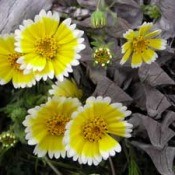
Growing Tidy Tips (Layia Platyglossa)Tidy Tips are a wildflower native to California. They are more often grown in the gardens of England than in the United States.
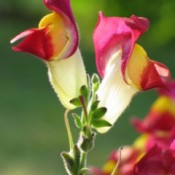
Growing SnapdragonGrowing guide for snapdragons. Purchase seedlings or start seeds indoors 8 to 10 weeks before you last spring frost. Seeds need light to germinated so don't cover them with soil.
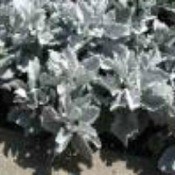
Growing Dusty MillerNative to southern Europe, Dusty Miller is grown primarily for its attractive silver-gray foliage and most gardeners prefer to cut off the flowers to encourage leaf growth.
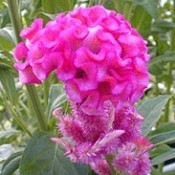
Growing Celosia (Cockscomb)Celosia thrives in heat and humidity. Sow seeds directly outdoors in warmer zones. In cooler zones start seeds indoors 6 to 8 weeks before last frost.
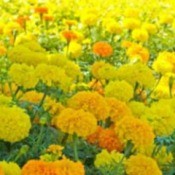
Growing MarigoldsGuide for growing growing Marigolds. Marigolds possess natural compounds useful for repelling nematodes in the garden, especially African varieties. Several varieties are also widely used for their culinary and herbal properties (mostly for tea) in many Latin American countries.
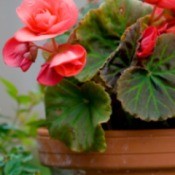
Growing Wax BegoniaGuide for growing wax begonia. Starting annual begonias from seed can be difficult. You're better off buying them unless you need several dozen.
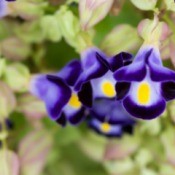
Growing Torenia (Bluewings, Wishbone Flower)Guide for growing Torenia (Bluewings, Wishbone Flower). Seeds are tiny, slow growing and best started indoors 10 weeks before last frost date. Cover seeds lightly with soil.
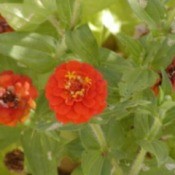
Growing ZinniaSow seeds directly outdoors where you want them to grow as soon as soil has warmed up, or start seeds indoors 6 weeks before your last frost date. If starting indoors, sow seeds into individual peat pots...
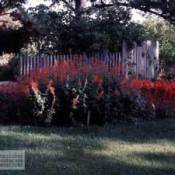
Growing SalviaSow seeds directly into ground in early spring or start indoors 6 to 8 weeks before last frost date. Some need light to germinate and should not be covered, but simply pressed lightly into the soil. Seedlings are also widely available for transplanting and should be spaced 10 to 20 inches apart...

Growing NasturtiumNasturtium's peppery-flavored flowers are good to eat and taste good in salads. The flower buds and seedpods are also edible. Pick them just before they ripen and store them in a jar full of vinegar for three days...

Growing Morning GloryA guide to growing morning glory. Morning glories are easy to start from seed. Soak seeds for 24 hours or nick the hulls prior to planting to speed germination, then sow them 1/2" deep directly outdoors.

Growing Shirley PoppyAs poppies go, these are the easiest to grow. Broadcast the seeds outdoors in late fall (in cooler zones), or early spring (in warmer zones). Mix the tiny seeds with fine-grained sand for more even dispersal. The seeds need light to germinate so don't cover them with soil...
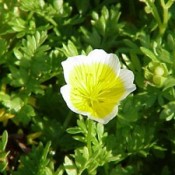
Growing: Meadow FoamSow seeds directly in the garden in fall or early spring in a sunny location where soil stays consistently moist (not wet). Germination takes about three weeks. Seedlings should be thinned to 6" apart. If soil is nutrient rich, fertilizing should not be necessary.
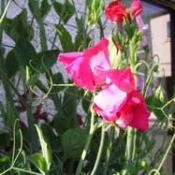
Growing: Sweet PeaSow seeds directly where they are to grow. Place them 6 inches apart and 1 to 1 1/2 inches deep. Soak seeds for 24 hours prior to planting to speed germination. Purchased seedlings should be spaced from 3 to 4 inches apart. Deadhead spent flowers for continuous blooming until leaving some for self-seeding the end of summer...
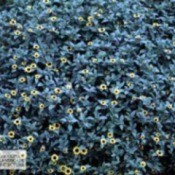
Growing Sanvitalia (Creeping Zinnia)Sow seeds directly outdoors as soon as soil is warm or start indoors 6 to 8 weeks before your last frost date. The seeds need light to germinate so do not cover them with soil, just press them gently into the surface of the growing mix...
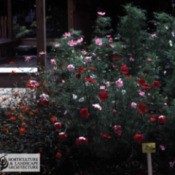
Growing: Cosmos (Mexican Aster)Scatter seed outdoors directly in desired location as soon as danger of frost has passed, or start indoors 4 to 6 weeks before last frost date. Cold treat seeds for two weeks before moving to warm place for germination...
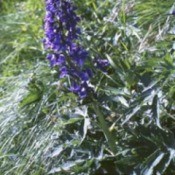
Growing: DelphiniumStart with bedding plants or sow seeds indoors in late winter. Seeds should be cold treated for two weeks before being moved to a warmer temperature for germination. Mulch plants in spring to keep the soil moist and cool...
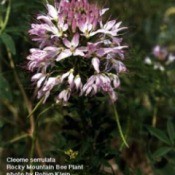
Growing Cleome (Spider Flower)Start seeds indoors four weeks before the last frost or sow seeds directly in the ground after the danger of the last frost has passed. When planting, just press seeds lightly into the soil, as they need light to germinate...
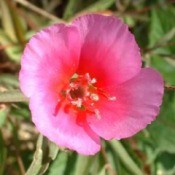
Growing: Clarkiasow seeds in early spring as soon as soil can be worked. Clarkia doesn't transplant well and should be sown in the location where you want it to grow. Clarkia will adapt to poor soil conditions...
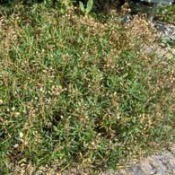
Growing: CandytuftSow seed directly in ground in late spring and cover seeds with 1/8" of soil, or start indoors 6 to 8 weeks before last frost. If starting indoors, use peat pots to minimize transplanting shock and space seedlings 8" to 10" apart...
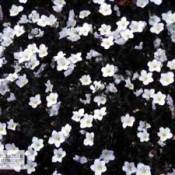
Growing: Browallia (Amethyst Flower/Star Flower/Bush Violet)Browallia make a good short-term houseplant. At summer's end, transfer a few plants into pots and bring indoor for several more weeks of enjoyment...

California PoppyCalifornia Poppies grow well in poor soil. Too much fertilizer will result in poor flowering. They are drought tolerant and should be watered only moderately unless grown in arid climates.
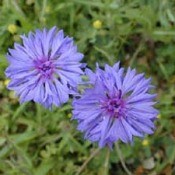
Growing Bachelor's Button (Cornflower)Bachelor Buttons grow wild in the fields of southern Europe. During the time when Napoleon forced Queen Louise of Prussia from Berlin, she hid her children, including her son Wilhelm, in a cornfield where they wove wreaths of Bachelor Buttons to pass the time....

Growing ImpatiensMost often bought as transplants, but seeds can be started indoors 8 to 10 weeks before last frost date. Seeds need light to germinate so press them into seed starting.
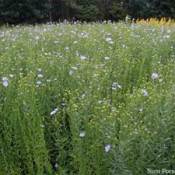
Growing Flowering FlaxSow seeds directly outdoors in fall or in early spring as soon as soil is workable. They should be spaced so plants grow approximately 8 to 10 inches apart.
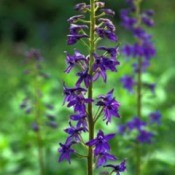
Growing: LarkspurSow seeds directly in garden in the spring. Sow them in the location you want them to grow as Larkspurs do not like to be transplanted. Plants should be spaced about 6 to 8 inches apart...

Growing: LavateraIn the spring, sow seeds directly in the ground or place seedlings 3 to 4 inches deep at 3-foot intervals. Lavatera are wildflowers and difficult to transplant so they should be planted where you want them to grow...

Growing: LobeliaLobelia was first introduced in the wild form over 200 years ago from the Cape of Good Hope region in South Africa. Also known as Indian tobacco, it has historically been smoked as a treatment for respiratory ailments by Native Americans.
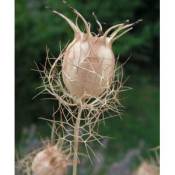
Growing: Love-In-A-MistLove-in-a-Mist has been cultivated for over 400 years and is a relative to the buttercup. The aromatic seeds are used in the Middle East for culinary and medicinal purposes...
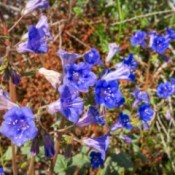
Growing California Blue BellsIn climates with mild winters, sow in the fall. In cooler climates, sow seed immediately after ground dries out. Regular watering will help to extend their short bloom time.
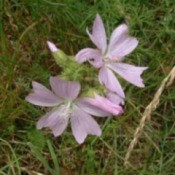
Growing Musk MallowSow seeds or transplant seedlings into warm soil. Seedlings should be spaced approximately 18 inches apart. Seeds should be soaked for 24 hours prior to planting to speed germination. If starting indoors, use individual peat pots to avoid disturbing roots while transplanting.
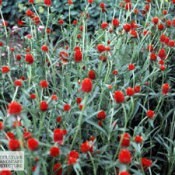
Growing AmaranthGlobe Amaranth is native to Panama and Guatemala in Central America. It was once a favorite of English gardens and also attracts butterflies.
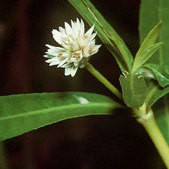
Growing AlternantheraAlternanthera make excellent fillers for container displays due to their compact growth. Space four inches apart for a carpet effect and pinch back occasionally to keep plants bushy. Pot plants and bring indoors as a house plant for winter.
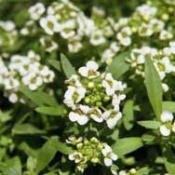
Growing AlyssumWhen planting alyssum, scatter seeds and press them lightly into the ground. Don't cover the seeds, as they need light to germinate. Alyssum makes an excellent, nearly instant ground cover. They are an economical way to fill in garden space and work well to crowd out weeds
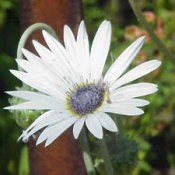
Growing African DaisyAfrican Daisies thrive at temperatures of 75ºF. They will suffer damage if grown below temperatures of 41ºF. Although plants will grow in partial shade they tend to flower more poorly.